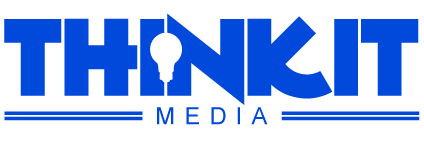Links play a crucial role in connecting different web pages, enabling users to navigate through various websites and access valuable information online. Whether you are a web developer or a content creator, understanding how to establish links is essential to creating an effective online presence. In this article, we will delve into the fundamentals of establishing links, the different types of links, and best practices to optimize their functionality.
Types of Links:
There are several types of links that can be used to connect web pages:
1. Hyperlinks (HTML): Hyperlinks, also known simply as links, are the most common type of web link. They are created using HTML anchor tags. By clicking on a hyperlink, users can quickly navigate to another webpage, a different section of the same page, or external resources. Hyperlinks can be text-based, such as a keyword or phrase, or image-based, where an image becomes clickable to direct users to a specific URL.
2. Internal Links: Internal links are hyperlinks that connect different pages within the same website. They play a crucial role in enhancing website navigation and user experience. Internal links help users move between related pages, discover more content, and establish a hierarchical structure within the website. When creating internal links, it is important to use descriptive anchor text that clearly indicates the destination page, making it easier for users to understand where the link will lead them.
3. External Links: External links, also known as outbound links, connect web pages on different domains. Including external links in your content can be beneficial for both your website visitors and search engine optimization. External links provide additional resources and references, boosting the credibility and authority of your content. When including external links, it is important to ensure they are relevant, reputable, and open in a new tab or window to prevent users from leaving your website entirely.
Best Practices for Establishing Links:
When establishing links, it is important to follow certain best practices to ensure optimal usability and functionality:
1. Use Descriptive Anchor Text: The anchor text used for your links should provide a clear indication of the destination page. It is advised to avoid generic terms such as “click here” or “read more” and instead use descriptive keywords or phrases that accurately describe the content of the linked page. This not only helps users navigate effectively but also assists search engines in understanding the context of the linked content.
2. Consider Link Placement: The placement of your links within the content can impact user engagement and overall click-through rates. Generally, it is effective to place links closer to the top of the page or within the main body of text to enhance their visibility. Additionally, using relevant text or images to surround the link can draw attention and encourage users to click on it.
3. Ensure Responsive Design: With the increasing use of mobile devices, it is crucial to ensure that your links are easily accessible and usable across different screen sizes. Implement responsive design techniques to ensure links adapt to different resolutions and remain functional on various devices. Test your links on different platforms and devices to guarantee a seamless user experience.
Conclusion:
Establishing links is a fundamental aspect of web development and content creation. By understanding the different types of links and following best practices, you can enhance website navigation, user experience, and improve the overall performance of your online presence. Remember to use descriptive anchor text, consider link placement, and ensure responsive design to optimize the functionality of the links you establish. Incorporating these practices will not only benefit your users but also contribute to the success and credibility of your website.

